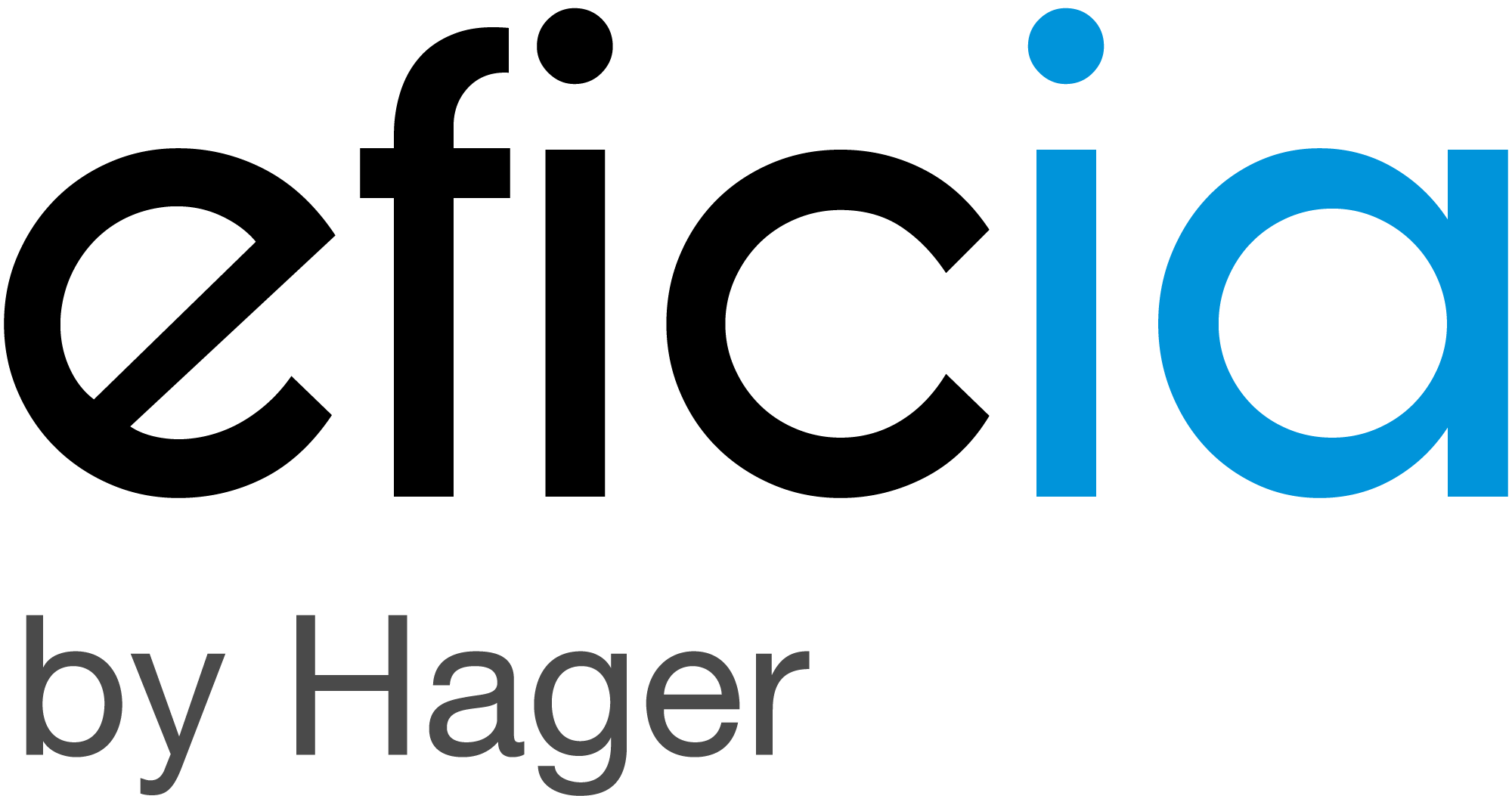The role of energy saving certificates (EEC)
The Energy Efficiency Certificates (EEC) scheme, launched in France in 2006, turns energy savings into a powerful incentive. By requiring energy suppliers to promote efficiency measures, the system supports a wide range of renovation projects while helping reduce national energy consumption. This article explains how the scheme works, who benefits, and its growing role in the energy transition.

Understanding the EEC scheme
Definition and history of Energy Efficiency Certificates
Imagine a system where energy savings become a currency, encouraging market players to reduce their energy consumption. Energy Efficiency Certificates (EECs), created in 2006 by France, embody this vision. This scheme is based on an innovative principle: obliging energy suppliers – known as ‘obligated parties’ – to promote energy reduction measures among their customers. In return, these suppliers receive certificates attesting to the savings achieved.
Since its launch, this mechanism has evolved to meet the growing challenges of the energy transition. Initially focused on simple measures such as insulation or the replacement of heating systems, it has expanded to include more complex and ambitious projects. Today, the targets set by the government for EECs are measured in TWh cumac, a unit combining energy savings and the lifespan of the equipment installed. This rigorous framework ensures a significant contribution to the fight against energy waste.
Regulatory framework and obligations
Did you know that energy suppliers have a legal obligation to finance energy reduction measures? This mechanism, which is at the heart of the EEC system, is based on strict regulations put in place by the government. Companies known as ‘obligated parties’ – whether they are suppliers of electricity, gas, fuel oil or even motor fuels – must achieve specific energy savings quotas over three-year periods.
These quotas are measured in TWh cumac, and failure to comply results in severe financial penalties. To meet their obligations, suppliers can either implement energy-saving measures themselves or purchase certificates from other players who have achieved these savings. This system guarantees flexibility while maintaining constant pressure to achieve the targets set. In addition, the government ensures compliance through rigorous controls, thereby guaranteeing the credibility and effectiveness of the scheme.
Beneficiaries and eligible types of work
Identifying potential beneficiaries Who can actually benefit from Energy Saving Certificates? Contrary to what one might think, this scheme is not limited to large companies or professionals in the sector. Private individuals, whether owner-occupiers or landlords, are among the main beneficiaries. They can access financial assistance for their energy renovation projects, whether for a detached house or a flat in a shared building.
Businesses, particularly those in the service sector, and local authorities are also eligible. The latter can use EECs to improve the energy efficiency of their public buildings or infrastructure. However, eligibility is based on one key criterion: the work must meet specific standards and be carried out by certified professionals. This inclusive framework maximises the impact of the scheme while ensuring the quality of the work carried out.
Beneficiaries and types of eligible work
Identification of potential beneficiaries
What work is eligible for EECs? The list is extensive and covers a wide range of measures aimed at reducing the energy consumption of buildings. Among the most common are thermal insulation: whether for walls, attics or ground floors, this work helps to limit heat loss and improve thermal comfort. Another key measure is replacing heating systems with more efficient equipment, such as condensing boilers, heat pumps and thermodynamic water heaters.
Less well-known but equally effective measures include installing high-performance ventilation systems, such as dual-flow CMV, or installing a control system to optimise energy consumption. At the same time, certain measures specific to the tertiary sector, such as LED lighting or improving air conditioning systems, are also eligible. This diverse range allows each beneficiary to tailor their projects to their needs while receiving significant financial support.
Types of energy renovations covered
What work is eligible for EECs? The list is extensive and covers a wide range of measures aimed at reducing the energy consumption of buildings. Among the most common are thermal insulation: whether for walls, attics or ground floors, this work helps to limit heat loss and improve thermal comfort. Another key measure is replacing heating systems with more efficient equipment, such as condensing boilers, heat pumps and thermodynamic water heaters.
Less well-known but equally effective measures include installing high-performance ventilation systems, such as dual-flow CMV, or installing a control system to optimise energy consumption. At the same time, certain measures specific to the tertiary sector, such as LED lighting or improving air conditioning systems, are also eligible. This diverse range allows each beneficiary to tailor their projects to their needs while receiving significant financial support.
Role of tradespeople and businesses in implementation
Without certified tradespeople, the Energy Saving Certificates scheme would lose all credibility. Why? Because the quality of the work carried out is directly linked to the effectiveness of the energy savings achieved. Qualified professionals, particularly those with RGE (Reconnu Garant de l'Environnement) certification, play a central role in this mechanism. Their expertise not only guarantees that the installation complies with standards, but also that the work is eligible for EEC grants.
Choosing an RGE-certified craftsman ensures that the work meets the technical requirements imposed by the scheme. These experts are also often able to guide beneficiaries in putting together their application file, providing detailed quotes and other necessary documents. Finally, companies specialising in energy renovation work closely with energy suppliers to maximise the impact of standardised operations, thereby enhancing the overall efficiency of the system.
Process for applying for and obtaining EEC grants
Steps for putting together an application file
Obtaining an EEC grant may seem complex at first glance, but by following specific steps, the process becomes much more accessible. It all starts with identifying eligible work and selecting an RGE-certified tradesperson. Once this step has been completed, it is essential to request a detailed quote, which will serve as the basis for the application file.
The application must include several key documents: the quote signed before the work begins, invoices detailing the work carried out, and sworn statements confirming that the work complies with the requirements. These supporting documents must be sent to the energy supplier or the organisation responsible for managing the grant. Today, many of these steps can be completed online, which greatly simplifies the process. Once the complete application has been submitted, all that remains is to wait for approval and payment of the subsidy.
Deadlines and conditions for payment of subsidies
EEC subsidies are not paid immediately, and for good reason: each application must undergo a rigorous verification process to ensure that the work carried out complies with the requirements. As a general rule, processing times vary between 4 and 12 weeks, depending on the complexity of the application and the responsiveness of the energy supplier or the managing body.
However, it is important to note that certain conditions must be met in order to be eligible for the grant. For example, the work must be completed in accordance with best practice and comply with the technical criteria defined by the scheme. In addition, it is crucial that the quote is signed before work begins, otherwise the application may be rejected. Finally, the supporting documents must be complete and accurate: a missing invoice or an incorrectly completed certificate can lead to significant delays or even outright rejection. It is therefore essential to comply with these requirements in order to receive the grant quickly.
Common mistakes to avoid when submitting your application
Why are so many EEC grant applications rejected or delayed? The answer often lies in common but avoidable mistakes. One of the most frequent errors concerns the signature on the quote: if it is not signed before work begins, the application is automatically invalidated. This may seem trivial, but it is an essential requirement of the scheme.
Another common pitfall is incomplete or incorrectly filled out documents. An invoice that does not specify the work carried out, an unsigned sworn statement or the absence of supporting documentation can be enough to block the entire process. Furthermore, choosing a non-RGE-certified tradesperson is a major mistake, as this makes the work ineligible for EEC grants. Finally, it is crucial to meet the deadlines for submitting the application after the work has been completed. Late submission may result in a definitive refusal, leaving the beneficiary with no recourse. Anticipating these pitfalls is therefore essential to maximise your chances of success.
Economic impact and future prospects
Energy savings achieved through EPCs Energy Performance
Certificates are not just an administrative formality: they generate tangible results, particularly in terms of reducing energy bills. On average, households that carry out eligible work see a 20-30% reduction in their energy consumption, which can represent several hundred pounds saved each year. For example, insulating your attic or replacing an energy-inefficient boiler with a high-performance model can save up to 500 kWh per year.
Nationwide, the EEC scheme has generated savings equivalent to several hundred TWh cumac since its inception. These impressive figures demonstrate the system's effectiveness in sustainably reducing energy consumption and associated CO2 emissions. Thanks to these savings, beneficiaries not only reduce their financial burden, but also contribute to a collective effort to preserve natural resources and combat global warming.
Analysis of available financial incentives
EECs are just one of a range of financial tools designed to encourage energy renovation. In addition to the grants available under this scheme, it is possible to combine other forms of assistance such as MaPrimeRénov’, the zero-interest eco-loan (éco-PTZ) and specific tax deductions. This combination offers a unique opportunity to finance a significant portion, or even all, of the necessary work.
Take the example of a thermal insulation project: by combining the CEE grant with MaPrimeRénov’, the remaining cost can be reduced by 50% or more. Similarly, for high-performance heating systems such as heat pumps, access to several sources of aid makes this equipment affordable for those on more modest budgets. These financial incentives have a dual effect: they accelerate the pace of renovations while making these investments profitable from the outset thanks to the savings made on energy consumption.
Planned changes to the scheme and new regulations
The future of Energy Saving Certificates is part of a drive to strengthen and transform the scheme in order to meet climate challenges. With the ambitious goal of carbon neutrality set for 2050, the scheme is constantly evolving. Recent reforms aim to increase the energy savings quotas imposed on energy suppliers, while expanding the list of eligible works to include innovative and more efficient technologies.
In addition, the European Union is playing a leading role by imposing stricter standards and harmonising practices between Member States. This is reflected in increased controls to ensure the quality of operations financed by the EEC. At the national level, there is also a growing number of incentives for comprehensive renovations, promoting a more holistic approach to the energy performance of buildings. These adjustments reinforce the key role of the scheme in the fight against climate change while offering new opportunities for beneficiaries.
